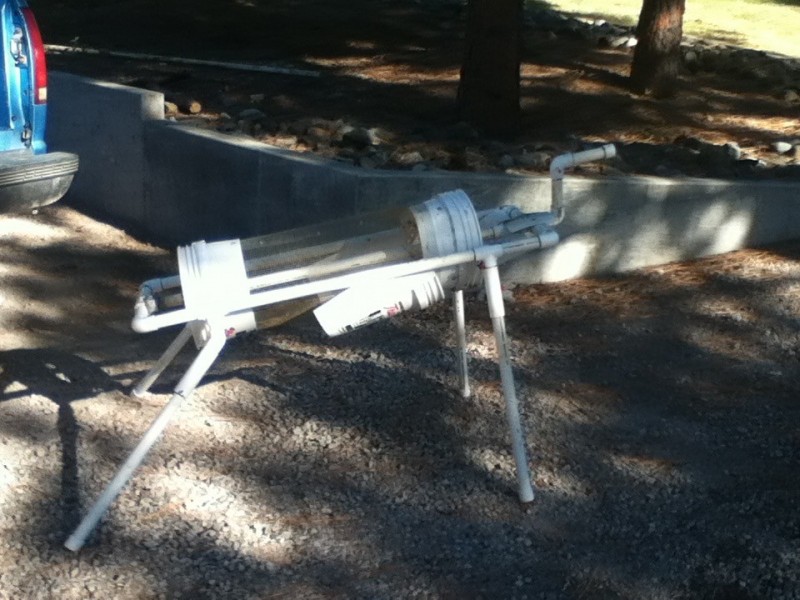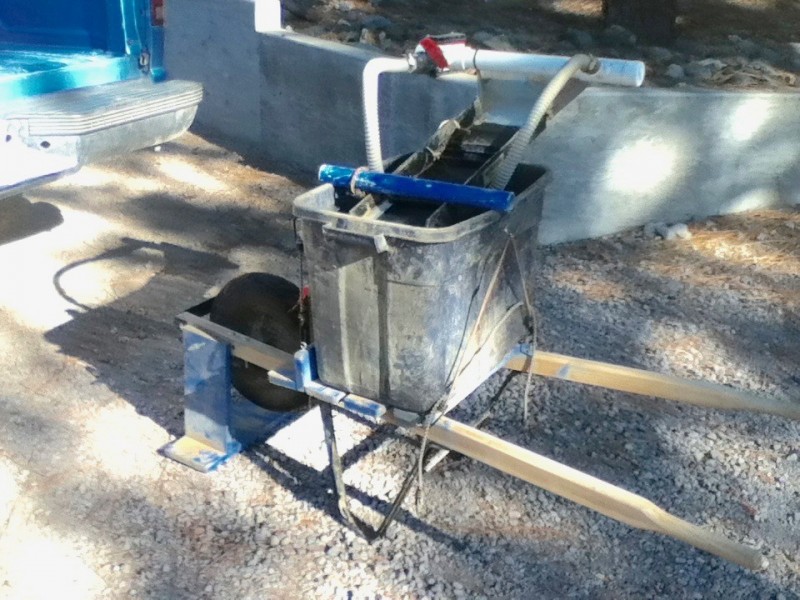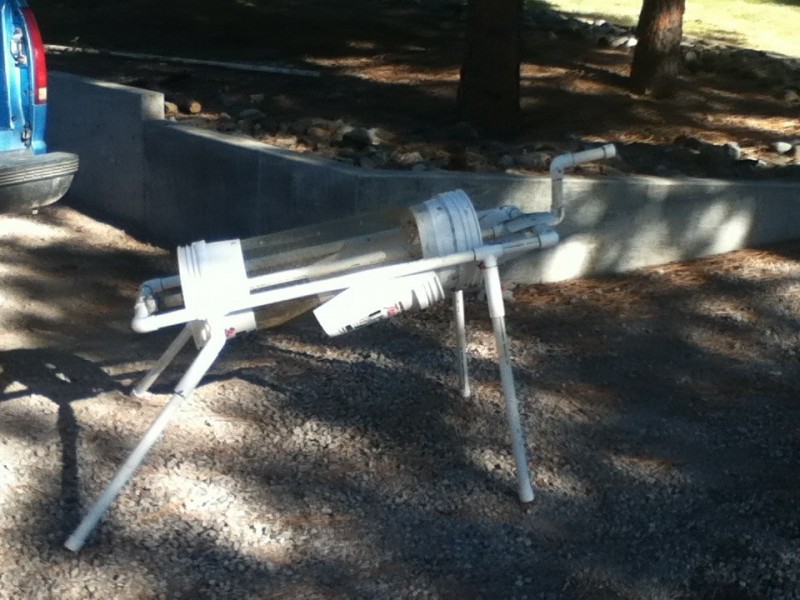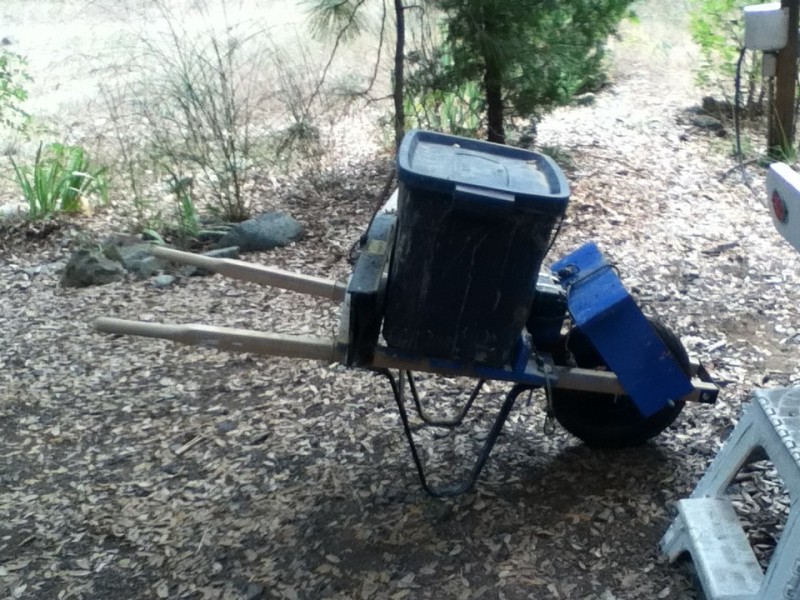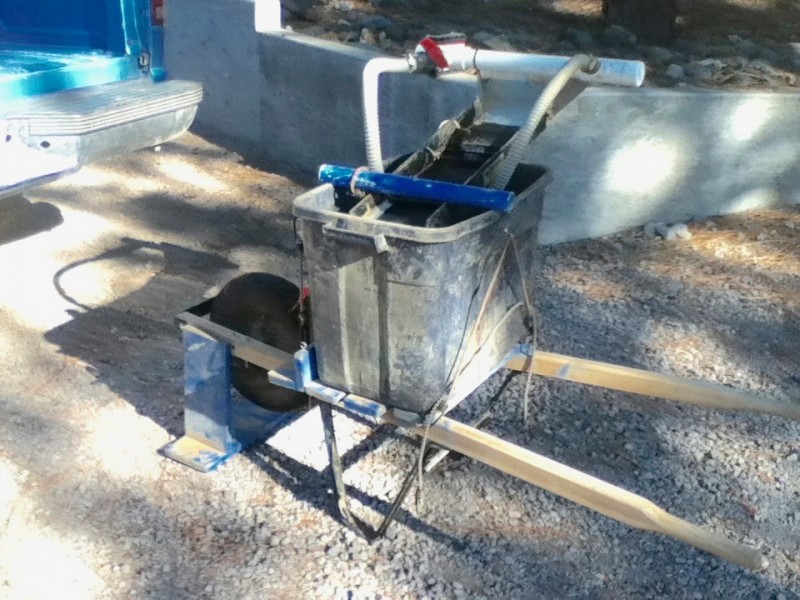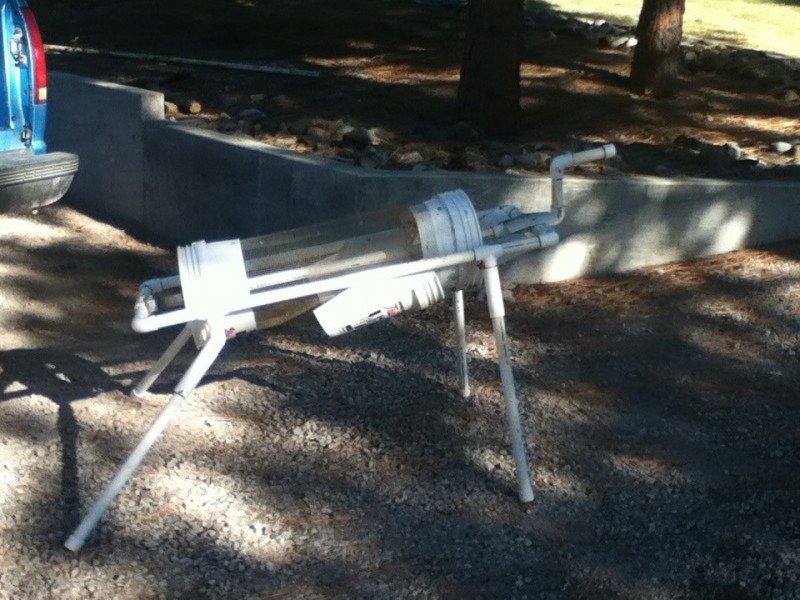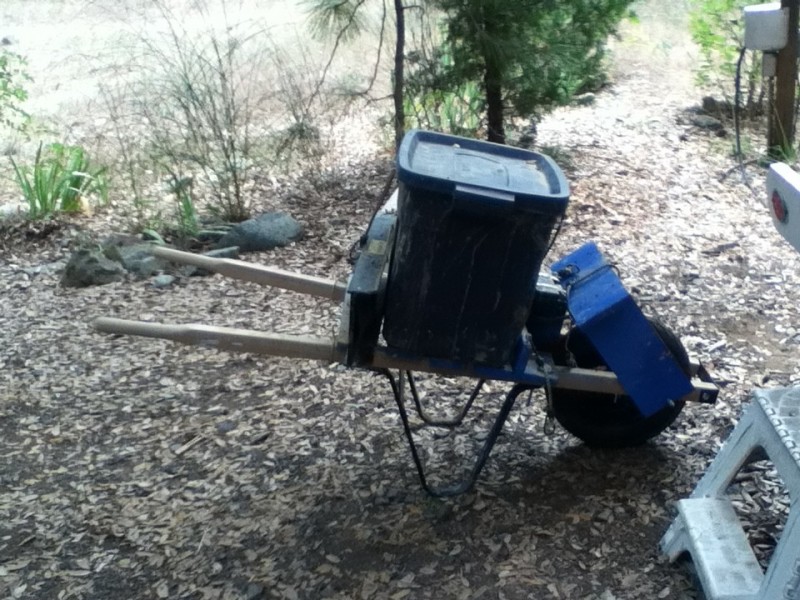-
Posts
132 -
Joined
-
Last visited
Content Type
Forums
Detector Prospector Home
Detector Database
Downloads
Everything posted by oldmancoyote1
-
Thanks for the reply. Here is the deal. The creek is quite small, about 12 feet across at most points. I have dug down about 2 feet at four locations where the bed rock is exposed close by, and I have sluiced or panned the entire hole. At 73 this is very hard work. After two feel I am exhausted. I don't have many of those holes in me. My experience here and the experience of a friend is that the gold only starts about 2 feet down. The creek was mined in the 1800's, again extensively mined with a huddle bug about the beginning of the last century, and judging by the ages of the beer cans, several times after to some degree. I am worried that most of the gold is gone and all that remains is on the bedrock. I guess I am looking for some encouragement. Sampling and panning the length of the creek to find mineable surface material is daunting when I worry that the creek is pretty much exhausted. It takes an 7 foot wide hole through the cobbles etc. to expose the bedrock at 2 feet. Only a hole that wide will remain free of sliding sand. If I can find a place where the upper layer pays at least a little, I can see putting in the work to reach bedrock where I would expect most of the gold to lie. I dread spending a summer exploring the length of the creek and finding nothing. Am I naive to think I might find a surface exposure with mineable gold? Geology I understand, but practical mining has very little to do with geology.
-
Around here in the Klamaths bedrock is at lest 2 feel down and often much deeper. Digging through several feet of boulders and cobbles is serious hard work. Then there is sand sliding in from the sides making progress very slow. To beat that, I need to set the sides of the hole far apart or I get a hole with a hand-sized bottom continually filled with sand from the sides. That is a lot of work. Historically the creek was a huge gold producer. I see little or no gold in the upper material. Have I just not found the right spot, or is sluicing here hopeless? Should I spend more time prospecting for productive material near the surface, or give it up?
-
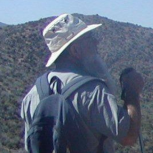
How To Tell If Its A Meteorite
oldmancoyote1 replied to Nuggetmaster's topic in Metal Detecting For Meteorites
I'm a bit skeptical of it being a meteorite, but it is hard to tell from photos. Iron meteorites have a rusty coating and of course respond to a magnet with a loud clank! Stoney meteorites are usually coated with a black crust. Inside they are often granular, a bit like granite, or composed of dark green olivine. It's an odd shape for a meteorite lacking aerodynamic qualities. Looks a bit like a petrified pregnant rock troll. : ) -

Any Guesses As To What It Is?
oldmancoyote1 replied to Againstmywill's topic in Metal Detecting For Coins & Relics
It appears to be a variety of jews harp. Also known as a mouth harp. It is placed against the teeth and stroked. The nature of the sound is controlled by the inner shape of the mouth. -
It's been raining here in the Klamaths for many days. My camper leaks. The only dry spot was my bed.
-
Looks like a coprolite. See the images from a Google search for coprolite. You're not ****ing us are you Edwardo?
-
If you are looking for a "personal trommel", consider a google search for Mike's Trommel. It cost me about $100 to build, and it works very well.
-

Pocket Metal Detector Picosens
oldmancoyote1 replied to Bob'ke's topic in Metal Detector Advice & Comparisons
I think an important point is just how flexible a cell phone or tablet based system is. As a sometimes iOS programmer I am frustrated by the limited information displayed on my detectors. There are wonderful things I could do if I could import data into one of my iOS devices. As it is easy to import the audio, I am toying with what I might do with it including 3D maps, vertical profiles and trace stacking to reduce noise. There are technical issues, but I think I could overcome some of them. Maybe next winter. I'm hoping to someday see a mainline detector with data-out streams. I'll geek out if I do. -
I don't know much about rocks from deep within the earth, but that looks like a garnet-rich rock from the lower crust or upper mantle.
-

Nokta Makro Service Center
oldmancoyote1 replied to Nokta Detectors's topic in Nokta / Makro Metal Detectors
Appropriately named city. -
It's often a good idea to check out anything that's different or anywhere there is a change of some kind. Contacts can be a good choice. If it works out, keep at it, but don't push things beyond a reasonable effort. Regarding the photo, you have indicated a contact between a blue soil and a red soil emphasized by a change in topography. It might work out. Try it. Don't overlook the contact between blue and red soil along the upper right corner either. Good luck.
-

Gold Prospecting With Lidar
oldmancoyote1 replied to PG-Prospecting's topic in Detector Prospector Forum
-

Help Identify ' Flat Spike '
oldmancoyote1 replied to GlazedTofu's topic in Metal Detecting For Coins & Relics
It might be one of those spikes that railroads used to indicate the year when a wooden tie was installed. -

Re Circulating Sluice Set Up
oldmancoyote1 replied to strick's topic in Gold Panning, Sluicing, Dredging, Drywashing, Etc
-
Regarding the slur against Mexico, I live in Mexico half the year. In my personal experience it is no more violent than the U.S. It is regrettable that the further we are from a situation, the further we tend to be from understanding its reality.
-

Nickel Signals... Ratio To Buffs, V's And Gold
oldmancoyote1 replied to Happa54's topic in Metal Detecting For Coins & Relics
About the black Broach or what ever it is. It looks very much like something I found last summer. It was actually a buckle of some sort. If yours is a buckle, do you have any idea about how it was used? -
As far as splitting up finding and recovery goes, consider construction flags to mark the location of your finds (stiff wire with a small plastic flag) so you can continue on searching. They are about $10/100. I get mine at the local big box home center.
-
It has been mentioned elsewhere in this forum, but it's worthwhile to mention again. Historic and current USGS maps are on-line and you can effortlessly overlay one on the other at this site: http://historicalmaps.arcgis.com/usgs/
-

What Is This? Bright Silver In Rock
oldmancoyote1 replied to Rods's topic in Rocks, Minerals, Gems & Geology
The presence of iron rust strongly suggest specular hematite. -
There are several silvery metals that melt at low temperature including lead, antimony, and tin. That's not enough to identify it. Unless tiny fragments are REPELLED by your super magnet, it may not be lead. Lead, as well as similar metals, are diamagnetic, the opposite of iron. Tiny silver droplets indicates it is an amalgam of mercury and some other metal. Platinum does not form an amalgam and it melts at a very high temperature. I don't know what it is.
-
OK. You showed me your rig, I'll show you mine. This is actually a powered recycling sluice box along with a Mike' Trommel. Same principle, but the water's too far away to pump. Two partially filled 5 gallon buckets of water is all it needs. There is a battery hidden between the wheel and the tub. There is a system of tubs, screens, and two bilge pumps inside. One is actually all it needs. I have since replaced the sluice box with a larger Angus McKirk drop riffle sluice box. It works great. Trouble is, it's still within 100 yards of the river which is illegal here in California so I haven't been able to use it for a few years.
-
I can write only about coin detecting in parks as I have yet to understand the practical aspects of gold detecting. The GR indicates coins with a sharp signal: nickels: 56-62; pennies: 77-84 with copper coins in the upper part of the range; dimes: ~86; and quarters ~88. Aluminum and jewelry tend to be erratic in the 55 - 77 range with lots of different values shown for a given target. The 90s can be difficult with lots of iron and hot rocks alternating between the very low IDs and >95. I have not yet hit a valuable target in the 90s, but I'm sure they are there. I can't say anything about gold. I am having trouble developing a protocol for prospecting amid the hot rocks and deep forest duff of the Klamath Mountains. I am reasonably sure my problems there are "operator error" not problems with the GR. I'm eager to learn more this coming Summer. My experience with Nokia has been excellent. I fried the power unit when I carelessly dipped the back of the unit while fording a river. Nokia replaced it even though it was clearly my fault.
-
Wow! Any clues to how you were so successful with a Gold Racer? I'm still looking for my first hit.



